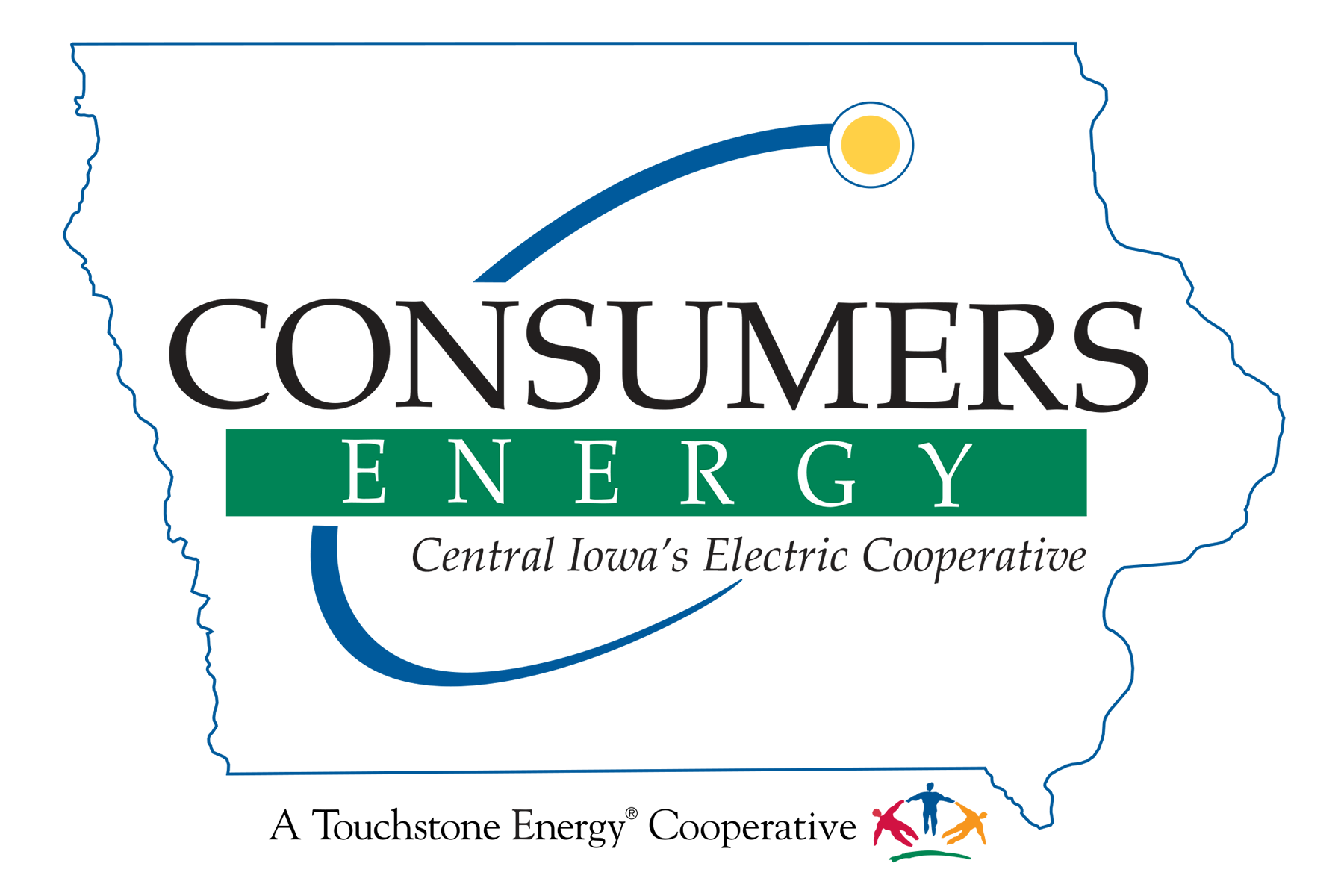The retirement of patronage capital credits is a tangible demonstration of member ownership in Consumers Energy. As a member-owned cooperative, Consumers Energy operates as a not-for-profit utility. Any "profits" made by the cooperative are referred to as margins.
At the end of each year, the margins are allocated to each member's patronage capital credit account in proportion to the amount of electricity purchased after all statutory and reserve requirements are met. From time to time the margins are generated until they are returned, this money is put to work within the cooperative, minimizing debt financing and strengthening our financial position.
Before distributing the patronage capital credits, your Board of Directors must first consider the financial condition of the cooperative and the needs for capital funds for the coming years. The patronage capital credit amount is determined by the board and is set at a level that maintains the financial integrity of the co-op. The board evaluates Consumers Energy's equity goals, the patronage capital credit rotation plan, the cost of borrowing money, plant growth and storm reserves.
What are Patronage Capital Credits?
Patronage Capital Credits
This is a benefit realized by being a cooperative member owner of Consumers Energy.
![]()
Cooperative Equity
Margins
Each year, after expenses are paid, the margin is calculated. This margin is used to pay down debt, invest in facilities and improvement projects.

Capital Credits Allocation
When financial conditions allow, excess margins are allocated to members as capital credits based on usage.

Equity Returned
![]()
This equity is returned to members over time through the payment of patronage capital credits.

